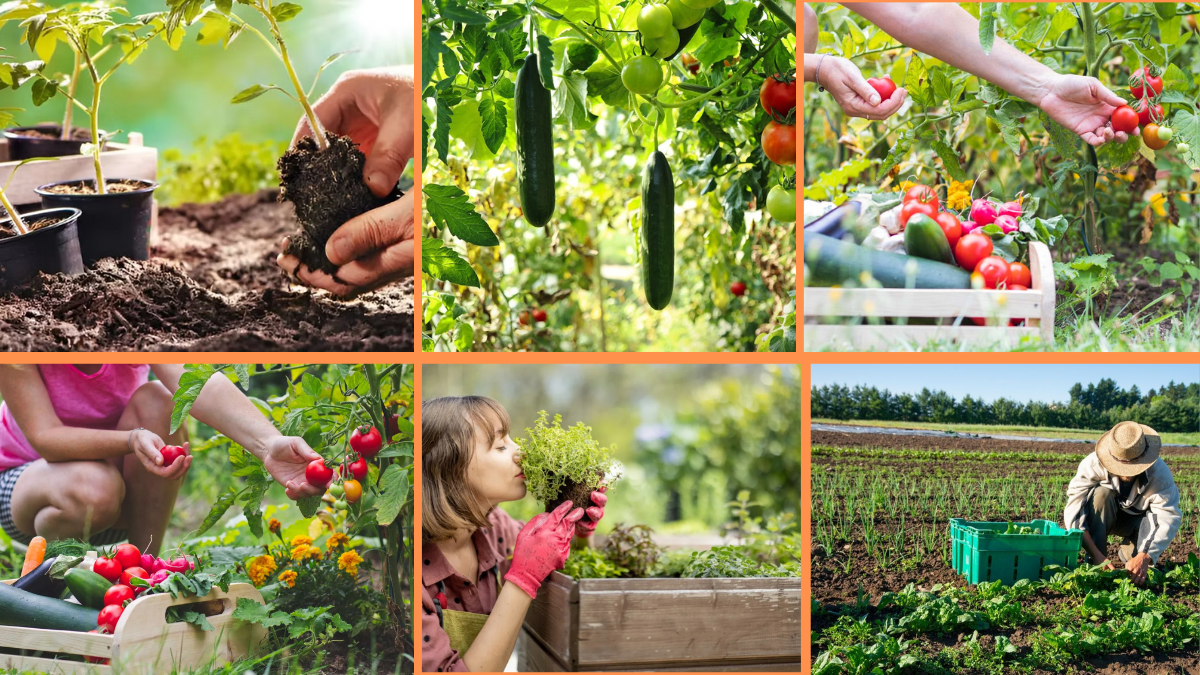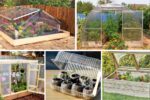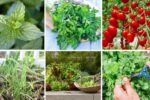In today’s health-conscious and eco-friendly world, more people are turning to organic gardening as a way to cultivate fresh, chemical-free food at home. Whether you have a spacious backyard, a small balcony, or just a few pots on your windowsill, growing your own organic produce is not only rewarding but also great for your health, wallet, and the environment.
If you’ve ever wondered how to get started, this comprehensive guide will walk you through every step — from preparing your soil to choosing seeds and maintaining a thriving, organic garden. Ready to grow your own clean, delicious food? Let’s dig in!

Why Grow Organic Produce at Home?
Before diving into the how-to, let’s look at why growing organic produce is such a fantastic choice:
- Healthier, chemical-free food: No synthetic pesticides, herbicides, or fertilizers.
- Environmentally friendly: Reduces soil and water pollution, and supports biodiversity.
- Cost-effective: Fresh organic veggies and fruits without the premium store prices.
- Sustainable: Minimizes carbon footprint and food waste.
- Therapeutic and rewarding: Gardening relieves stress and offers the joy of harvesting your own food.
Step 1: Choose the Right Location
Your garden’s success depends on selecting the ideal growing spot.
Key Factors to Consider:
- Sunlight: Most fruits and vegetables require 6-8 hours of direct sunlight daily.
- Water Access: Ensure your chosen area is near a water source for easy irrigation.
- Soil Drainage: Good drainage prevents root rot and soil-borne diseases.
- Protection from wind: Gentle barriers like fences, hedges, or walls can shield plants.
If space is limited, consider container gardening, raised beds, or vertical gardens for patios and balconies.
Step 2: Build Healthy Organic Soil
Healthy soil is the foundation of successful organic gardening. Unlike conventional farming that often relies on synthetic fertilizers, organic gardens thrive on nutrient-rich, living soil.
How to Prepare Organic Soil:
- Test your soil: Use a soil test kit to check pH and nutrient levels.
- Improve soil quality: Add organic matter like compost, aged manure, leaf mold, or coconut coir.
- Avoid chemical additives: Skip synthetic fertilizers, pesticides, and herbicides.
- Use natural soil amendments: Such as bone meal, blood meal, wood ash, or rock dust to balance nutrients.
Pro Tip: Start a compost bin or pile to recycle kitchen scraps and garden waste into rich, organic compost.
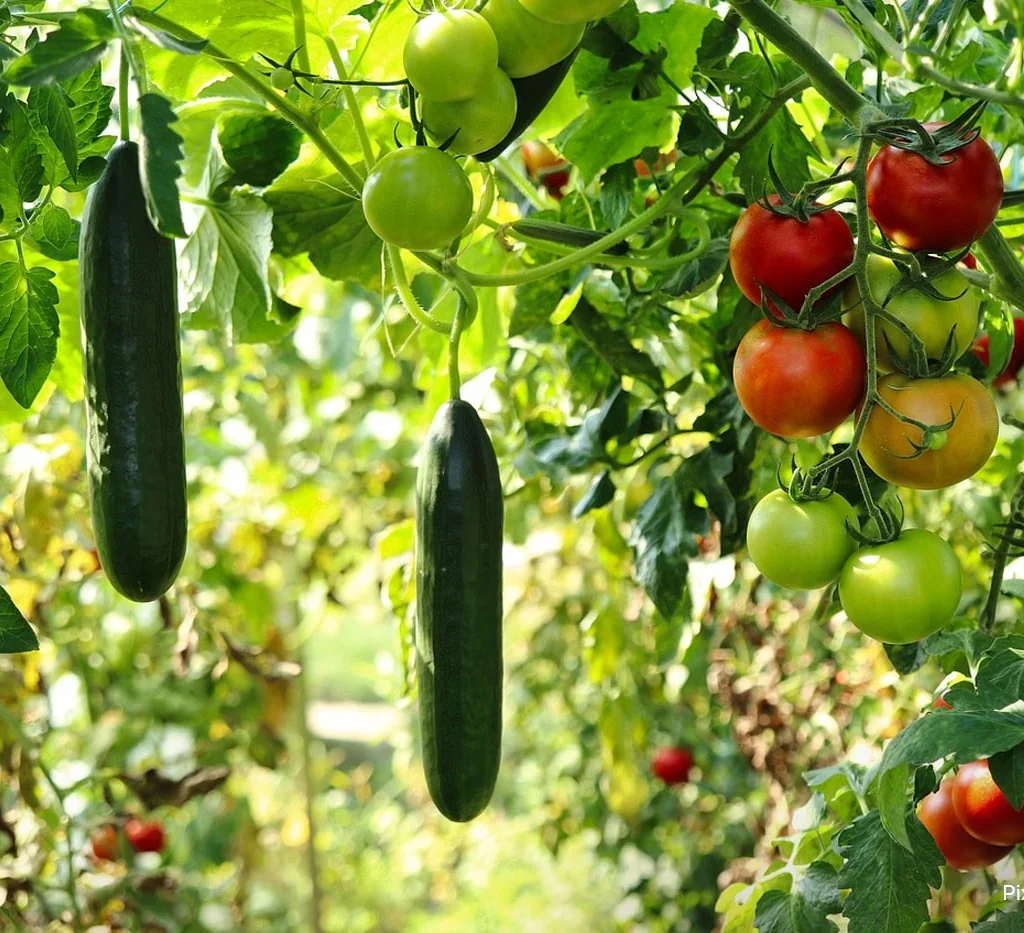
Step 3: Choose Organic Seeds and Plants
Select seeds and seedlings labeled “certified organic” to ensure they haven’t been treated with chemical pesticides, fungicides, or genetically modified organisms (GMOs).
Where to Source Organic Seeds:
- Local organic nurseries
- Reputable online seed suppliers
- Community seed swaps
- Organic gardening clubs
Popular Easy-to-Grow Organic Crops:
- Leafy greens: Lettuce, spinach, kale
- Herbs: Basil, cilantro, parsley, thyme
- Tomatoes
- Peppers
- Cucumbers
- Radishes
- Carrots
- Zucchini
- Strawberries (in containers)
Step 4: Start Planting
Direct Sowing vs. Indoor Starting:
- Direct sowing: Plant seeds directly into outdoor soil (ideal for carrots, radishes, beans, peas).
- Indoor starting: Begin seeds in trays or pots indoors, then transplant them outdoors (ideal for tomatoes, peppers, eggplant).
Read seed packets carefully for sowing depth, spacing, and growing conditions.
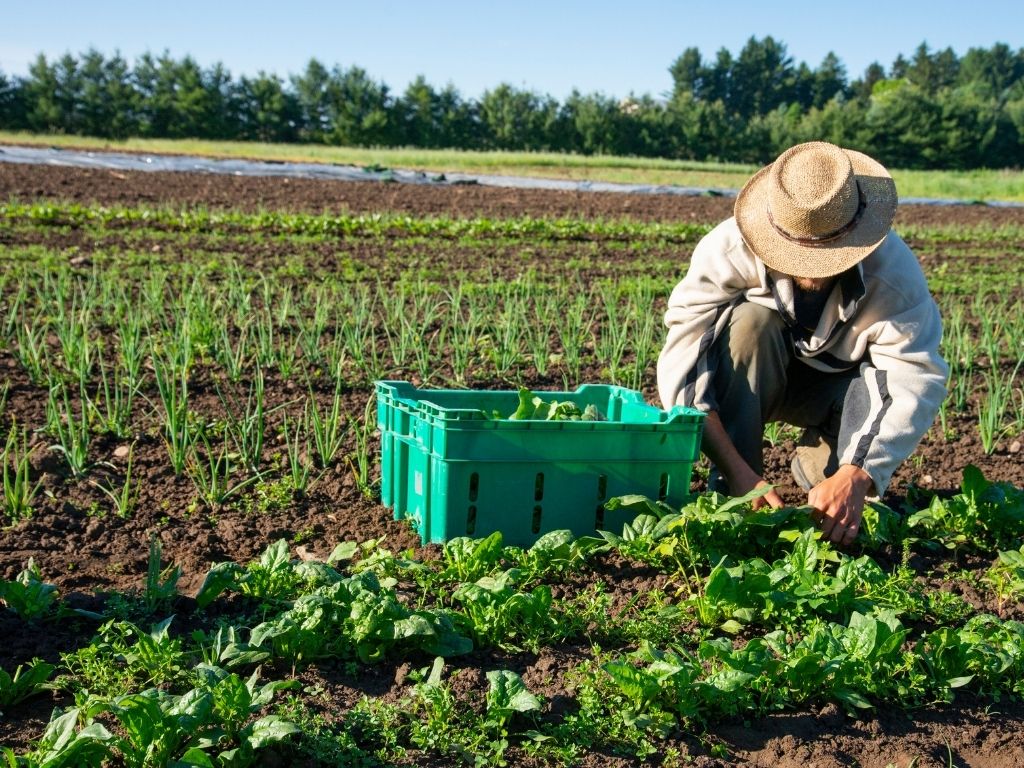
Step 5: Water Wisely
Organic gardens thrive with consistent, thoughtful watering.
Watering Tips:
- Water deeply and infrequently to encourage strong root growth.
- Water early in the morning to reduce evaporation and fungal diseases.
- Use soaker hoses or drip irrigation to minimize water waste.
- Mulch the soil with straw, leaves, or wood chips to retain moisture and suppress weeds.
Avoid using chlorinated tap water if possible — rainwater harvesting is an eco-friendly alternative.
Step 6: Feed Your Plants Organically
Unlike chemical fertilizers, organic options nourish both plants and soil life.
Best Organic Fertilizers:
- Compost tea
- Aged animal manure
- Seaweed or kelp extract
- Fish emulsion
- Worm castings
Apply fertilizers sparingly and based on your plant’s growth stage — overfeeding can be as harmful as neglect.
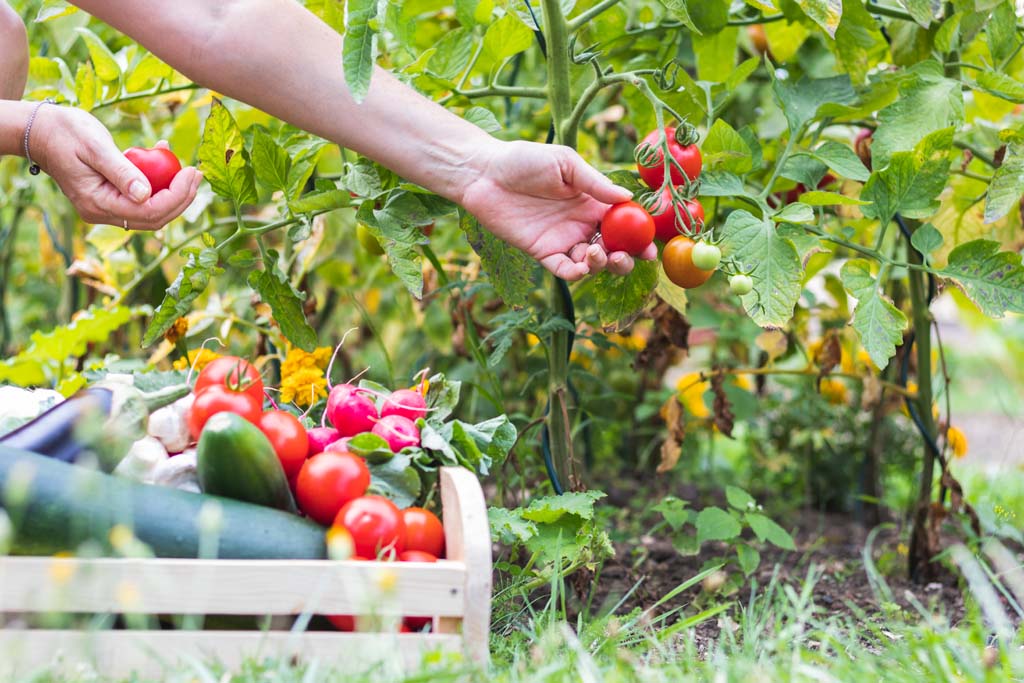
Step 7: Control Pests and Diseases Naturally
An organic garden uses natural, non-toxic methods to handle common pests and plant diseases.
Effective Organic Pest Control Techniques:
- Hand-picking insects
- Companion planting: Grow certain plants together to repel pests (e.g., marigolds with tomatoes)
- Beneficial insects: Attract ladybugs, lacewings, and predatory wasps
- Neem oil or insecticidal soap sprays for soft-bodied pests
- Floating row covers to protect young plants
- Crop rotation to reduce soil-borne diseases
Encourage a balanced ecosystem — healthy organic gardens naturally regulate many pest populations.
Step 8: Harvest and Store Your Organic Produce
Regular harvesting encourages more growth and ensures top flavor and nutrition.
Tips for Successful Harvesting:
- Pick vegetables at their peak ripeness.
- Use clean, sharp scissors or pruners.
- Harvest in the morning for the freshest flavor.
- Store properly: Refrigerate leafy greens, ripen tomatoes at room temperature, and cure onions or garlic in a dry, shaded area.

Step 9: Compost Kitchen and Garden Waste
Recycling your organic waste is vital to sustainable gardening.
Compostable Items:
- Fruit and vegetable scraps
- Coffee grounds and filters
- Eggshells
- Grass clippings
- Leaves and plant trimmings
Avoid meat, dairy, oily foods, and synthetic materials in your compost pile.
Step 10: Plan for Seasonality and Crop Rotation
Healthy organic gardens require thoughtful seasonal planning.
- Plan cool-weather crops (spinach, lettuce, peas) in spring and fall.
- Grow warm-weather crops (tomatoes, peppers, cucumbers) in summer.
- Rotate crops each year to prevent soil depletion and reduce disease buildup.
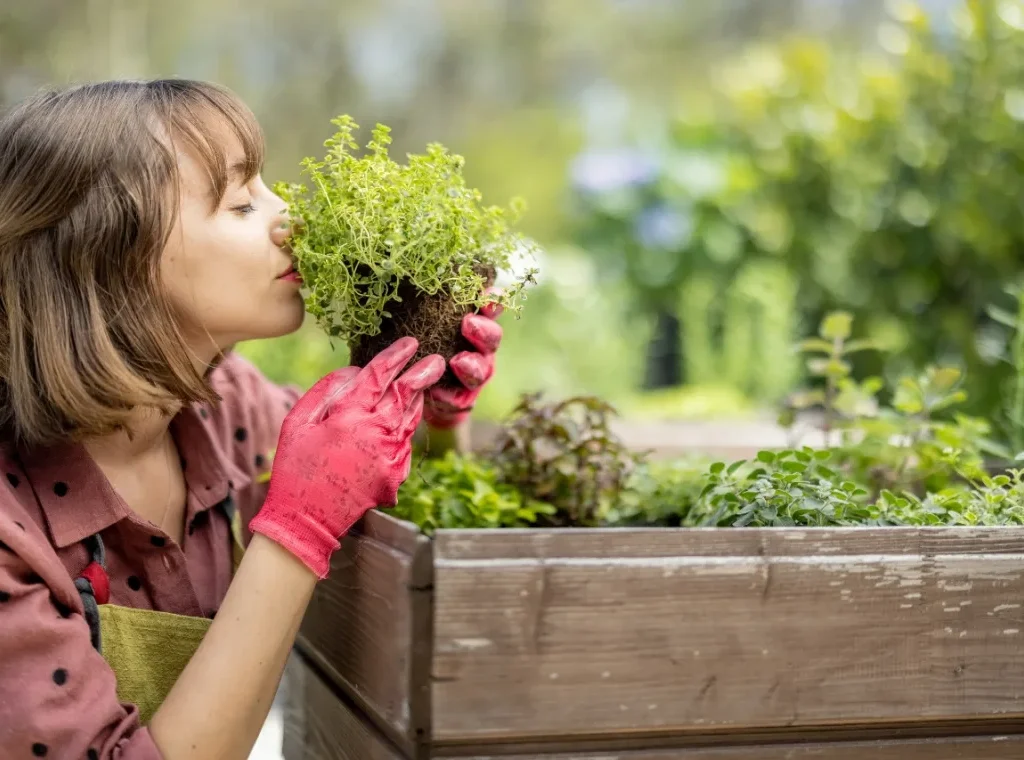
Creative Organic Gardening Ideas
- Vertical gardens: Grow climbing beans, cucumbers, or tomatoes on trellises or walls.
- Container gardening: Ideal for patios and balconies — grow herbs, strawberries, or salad greens in pots.
- Raised beds: Control soil quality, improve drainage, and extend the growing season.
- Pollinator-friendly borders: Plant native flowers to attract bees and butterflies.
Final Thoughts
Starting your own organic produce garden isn’t just about growing food — it’s about cultivating a healthier, more mindful, and sustainable lifestyle. With a bit of patience, planning, and love, you can enjoy fresh, flavorful, and chemical-free fruits and vegetables straight from your backyard or balcony.
Not only will you save money, but you’ll also nourish your family with the safest and most delicious produce possible while supporting the planet.
So grab a spade, sow some seeds, and let nature’s bounty begin — your organic garden adventure awaits!
